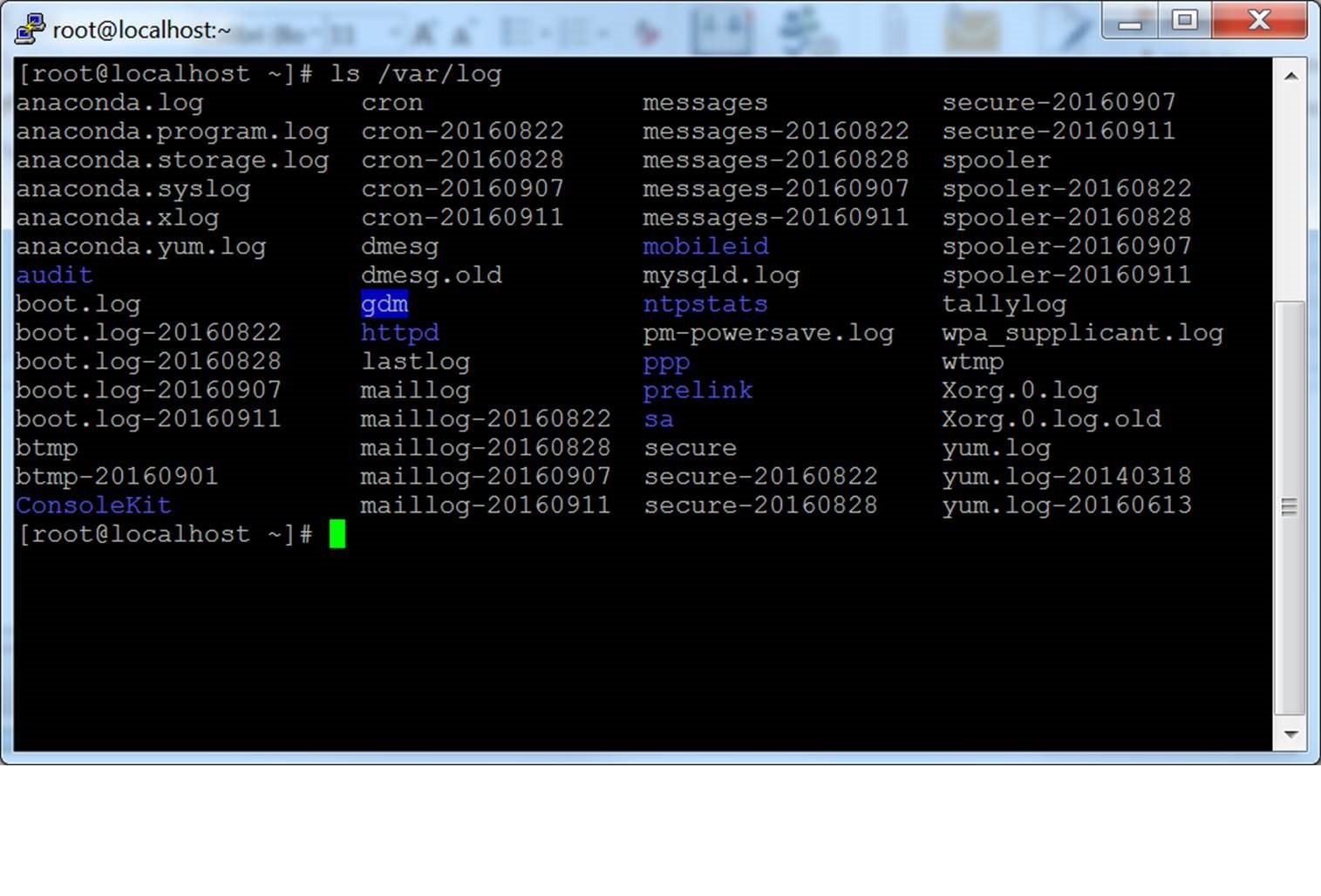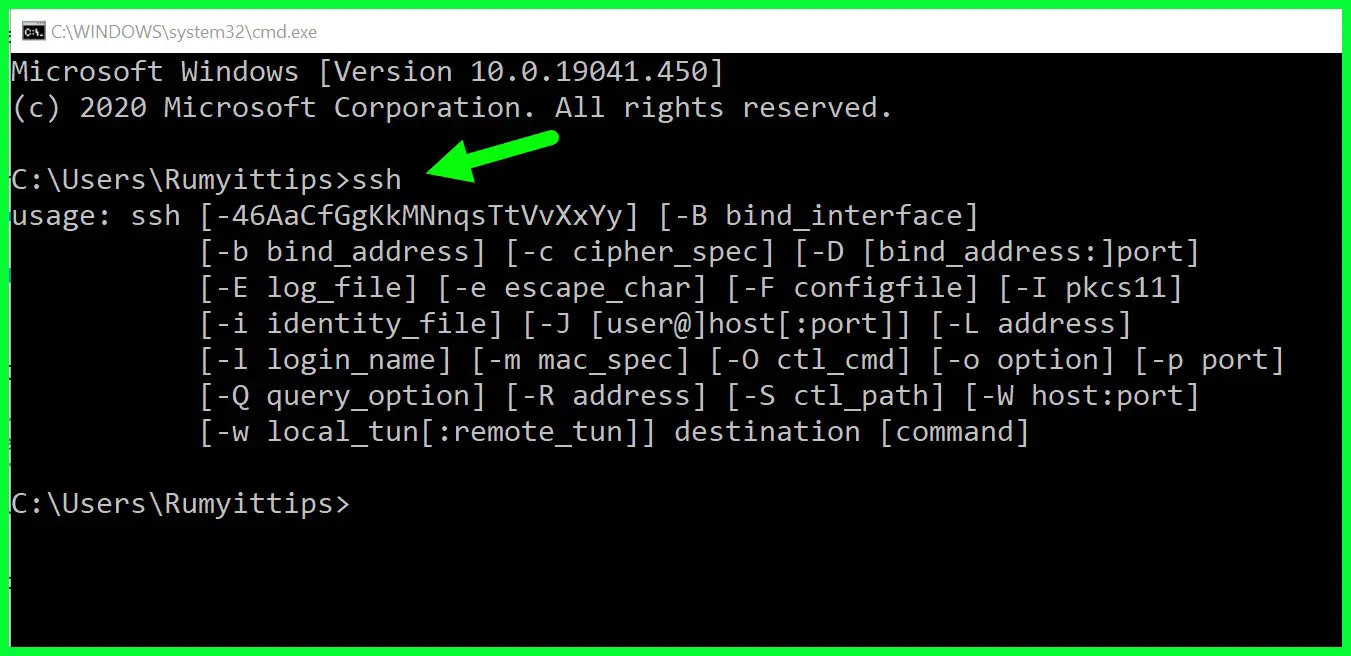In today's digital era, remote access and secure communication have become essential for businesses and individuals alike. The term "RemoteIoT VPC SSH download Windows 10" refers to the process of securely connecting to a Virtual Private Cloud (VPC) using SSH (Secure Shell) on a Windows 10 system. This technique is increasingly popular due to its ability to provide a secure and encrypted connection between devices, ensuring data privacy and protection.
As more organizations adopt cloud-based solutions, understanding how to configure and manage remote access via SSH on Windows 10 is crucial. This article will delve into the intricacies of setting up RemoteIoT VPC SSH connections, exploring tools, configurations, and best practices to ensure seamless and secure connectivity.
Whether you're a tech enthusiast, a professional IT administrator, or someone simply looking to enhance your cybersecurity knowledge, this guide will equip you with the necessary skills and insights to master RemoteIoT VPC SSH downloads on Windows 10.
- Unveiling The World Of Movie Rulzin Your Ultimate Destination For Film Enthusiasts
- Jeff Dunhams Wealth Empire Unveiling His Net Worth In 2024
Table of Contents
- Introduction to RemoteIoT VPC SSH
- Why Use SSH for Secure Connections
- Understanding Virtual Private Cloud (VPC)
- Setting Up SSH on Windows 10
- Essential Tools for SSH Connections
- Configuring VPC for RemoteIoT
- Security Best Practices for SSH
- Common Issues and Troubleshooting
- Optimizing SSH Performance
- Future Trends in RemoteIoT and SSH
- Conclusion and Call to Action
Introduction to RemoteIoT VPC SSH
RemoteIoT VPC SSH download on Windows 10 involves leveraging the power of Secure Shell (SSH) to establish a secure connection with a Virtual Private Cloud (VPC). This setup allows users to remotely access and manage IoT devices or servers hosted within the VPC environment.
What is SSH?
SSH, or Secure Shell, is a cryptographic protocol designed to facilitate secure communication over unsecured networks. It provides a robust layer of encryption, ensuring that data transmitted between systems remains confidential and tamper-proof.
- Larry Caputo A Journey Through The Life And Achievements Of A Remarkable Figure
- Karen Zolciak A Comprehensive Look Into Her Life Career And Legacy
Why Choose VPC?
A Virtual Private Cloud (VPC) offers a private, isolated network environment within the cloud. By integrating SSH with VPC, users can create a secure channel to interact with remote devices, enhancing both security and efficiency.
Why Use SSH for Secure Connections
SSH is widely regarded as one of the most secure methods for remote access. Here are some compelling reasons to use SSH:
- Encryption: SSH encrypts all data transmitted between the client and server, protecting sensitive information from interception.
- Authentication: It supports various authentication methods, including password-based and public-key authentication, ensuring only authorized users can access the system.
- Portability: SSH is supported on multiple platforms, including Windows, Linux, and macOS, making it highly versatile.
Understanding Virtual Private Cloud (VPC)
A Virtual Private Cloud (VPC) is a dedicated network environment hosted within a cloud provider's infrastructure. It allows users to define and control their own network topology, including subnets, IP ranges, and security groups.
Key Features of VPC
- Isolation: VPCs are isolated from other networks, ensuring that your data remains private and secure.
- Customization: Users can customize their VPC configurations to meet specific requirements, such as setting up private subnets for sensitive data.
- Scalability: VPCs can be easily scaled to accommodate growing demands, making them ideal for enterprise-level applications.
Setting Up SSH on Windows 10
Windows 10 includes native support for SSH, making it easier than ever to establish secure connections. Follow these steps to set up SSH on your Windows 10 system:
Step 1: Enable the OpenSSH Client
To enable the OpenSSH Client on Windows 10:
- Go to "Settings"> "Apps"> "Optional Features."
- Click on "Add a feature" and search for "OpenSSH Client."
- Select "OpenSSH Client" and click "Install."
Step 2: Test the SSH Connection
Once the OpenSSH Client is installed, you can test the connection by opening a Command Prompt or PowerShell window and typing:
ssh username@remote-server-address
Essential Tools for SSH Connections
Several tools can enhance your SSH experience, providing additional features and functionality:
- Putty: A popular SSH client for Windows, offering a user-friendly interface and advanced configuration options.
- WinSCP: A secure file transfer protocol (SFTP) client that integrates with SSH for seamless file management.
- Bitvise SSH Client: A powerful SSH client that supports both terminal sessions and file transfers.
Configuring VPC for RemoteIoT
Configuring a VPC for RemoteIoT involves setting up the necessary network components to ensure secure and efficient communication:
Step 1: Create a VPC
Using your cloud provider's management console, create a new VPC and define its IP range and subnet configurations.
Step 2: Set Up Security Groups
Security groups act as virtual firewalls, controlling inbound and outbound traffic to your VPC. Configure them to allow SSH access from specific IP addresses or ranges.
Security Best Practices for SSH
To ensure the security of your SSH connections, follow these best practices:
- Use Public-Key Authentication: Replace password-based authentication with public-key authentication for enhanced security.
- Disable Root Login: Restrict root access to prevent unauthorized users from gaining administrative privileges.
- Regularly Update SSH Software: Keep your SSH client and server software up to date to protect against vulnerabilities.
Common Issues and Troubleshooting
Despite its robustness, SSH connections can sometimes encounter issues. Here are some common problems and their solutions:
Problem: Connection Timeout
Solution: Check your firewall settings to ensure that the necessary ports (usually 22) are open for SSH traffic.
Problem: Authentication Failure
Solution: Verify that your SSH keys are correctly configured and that the username and password (if applicable) are accurate.
Optimizing SSH Performance
To optimize SSH performance, consider the following tips:
- Enable Compression: Use SSH compression to reduce data transfer times, especially over slow networks.
- Limit Idle Connections: Configure your SSH server to automatically disconnect idle sessions, freeing up resources.
Future Trends in RemoteIoT and SSH
As technology continues to evolve, the future of RemoteIoT and SSH holds exciting possibilities. Emerging trends include:
- Quantum-Safe Cryptography: The development of quantum-resistant algorithms to safeguard against future threats.
- AI-Powered Security: Utilizing artificial intelligence to detect and respond to potential security breaches in real time.
Conclusion and Call to Action
Mastering RemoteIoT VPC SSH download on Windows 10 is an essential skill for anyone involved in cloud computing and cybersecurity. By following the guidelines and best practices outlined in this article, you can ensure secure and efficient remote access to your VPC environments.
We encourage you to leave a comment below sharing your experiences with SSH and VPC configurations. Additionally, feel free to explore other articles on our site for more insightful content. Together, let's continue to enhance our knowledge and skills in the ever-evolving world of technology.
- Unveiling The Soulful Melody Tess Harpers Lone Star Heart Lyrics
- Ronnie Dragged By Car A Tragic Incident That Shocked The Nation

